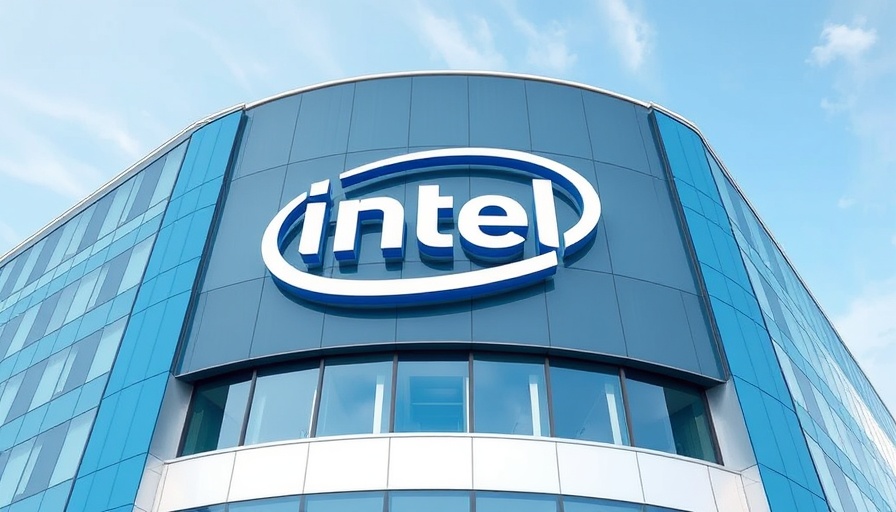
Understanding the Impact of Trump's Tariffs on US Semiconductors
The recent tariff announcements by the Trump administration have stirred significant concern within the tech industry, particularly regarding the budding revival of semiconductor production in the United States. While an exemption for some semiconductor imports brought a momentary sigh of relief in Silicon Valley, many industry experts argue that the narrow scope of these exemptions may ultimately hinder the growth and competitiveness of the U.S. semiconductor ecosystem.
Contextualizing Tariffs: A Double-Edged Sword
Historically, tariffs are introduced with the intent of protecting domestic industries from foreign competition. However, in the case of semiconductors, the reality is more complicated. Major tech companies that engage in domestic chip production find themselves navigating a landscape where many essential products, such as graphics processing units (GPUs) and chipmaking equipment, still attract significant import duties. According to analysts like Martin Chorzempa, this creates a scenario where a substantial financial investment towards U.S. chip manufacturing does not yield the same advantages as it once did.
The Economic Ripple Effect
The semiconductor industry is crucial not just for tech giants, but also for various sectors reliant on these components, including automotive and consumer electronics. Stacy Rasgon, a senior analyst at Bernstein Research, highlights that these sectors are macro-exposed to economic fluctuations, meaning the tariffs may lead to increased prices for everyday items that rely on these chips. As most semiconductors are packaged within larger products, the 40% blended tariff could raise costs for consumers significantly.
Why Tariff Specificity Matters
The harmonized tariff system used by the Trump administration to dictate these duties is intricate and can have unintended consequences. For instance, the exemption applies to certain advanced GPUs while excluding others, leaving many companies in a lurch. This lack of clarity may deter companies from investing or expanding their production capabilities on U.S. soil, directly affecting the nation's technological self-sufficiency.
Possible Future Developments
As the semiconductor industry continues to grapple with these tariff-related challenges, it's evident that future government policies will play a critical role in defining its trajectory. With the growing demand for chips in AI and other emerging technologies, determining the balance between protectionism and growth will be crucial for American economic resilience.
For tech enthusiasts, entrepreneurs, and business owners, staying informed about how these tariffs will impact the semiconductor market is essential. As the industry navigates this tumultuous time, understanding these dynamics can help make informed decisions for future ventures.
 Add Row
Add Row  Add
Add 




Write A Comment